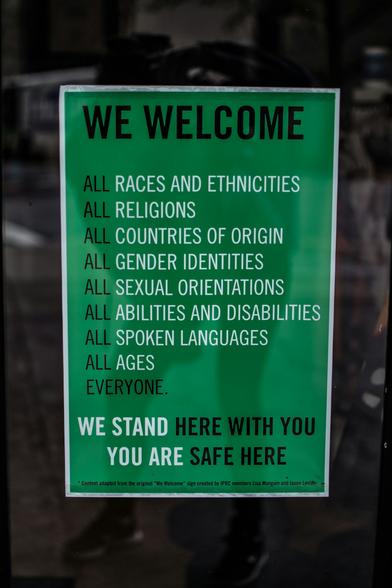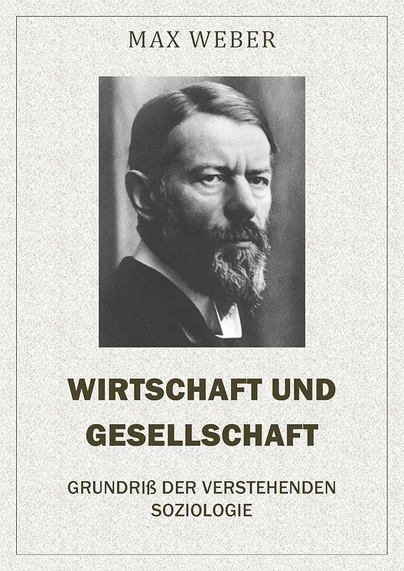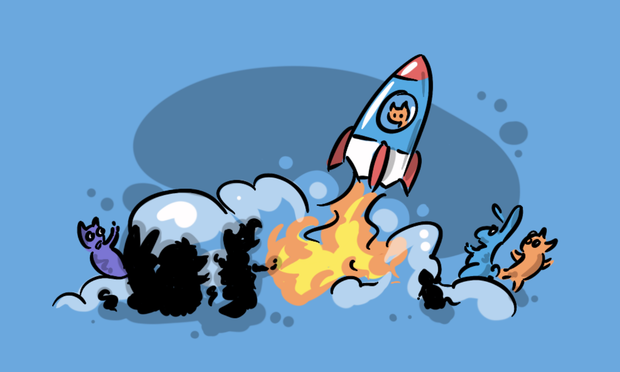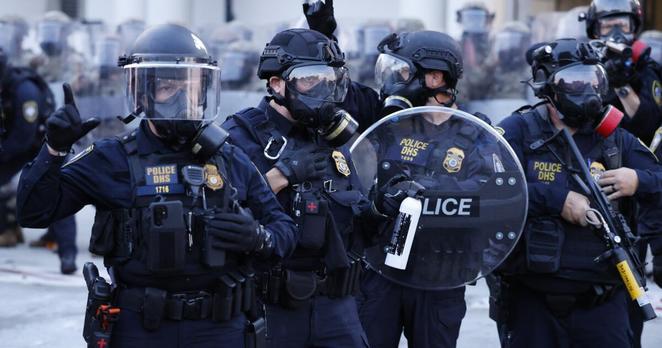Some sociological thoughts on group analysis
From the origins of group analysis there has been a more sociological than psychological focus to the practice, emphasising belonging and connection over intrapsychic phenomena. This is not a denial of the intrapsychic but rather a belief that the individual and the social could not be ultimately separated. There’s not a spatialised domain of interiority which is in some sense fundamental relative to the social domain which is ‘outside’. It’s been interesting to learn how influential Norbert Elias has been through his influence on Foulkes, particularly the idea of character structure changing in line with social structure.
The unconscious is just as significant on this view but it is a much more socialised view of it than the orthodox Freudian conception, as relating to social interaction and social structure rather than pertaining to the repression of internal drives. If I understand the thrust of Elias’s argument it’s that greater social interdependence necessitates greater social restraint: people circumscribe their action habitually within particular domains because it’s necessary that actions are limited in order to keep shared activity proceeding smoothly. In essence the range of ‘correct’ responses narrows and the civilising process involves a move from external coercion into internal restraint. If I understand correctly he’s prioritising functional interaction within relational networks over our first-person experience of ourselves as independent centres of agency. It’s the relations which matter. What makes us individual is the specific way in which that network has been internalised within our psyche. Individuality is in this sense more like a vector of the social rather than something distinct from it. Furthermore, this is a fundamentally developmental process which takes place over time. This leaves us with a sociological account of the psyche, summarised
Freud presented a particular view of the psyche as an ‘internal world’ inside an individual and identified a psychic structure, part of which was the controlling superego or conscience, as universal to all humankind. Elias, on the other hand, described how a particular form of self-control had emerged in the per- sonality structures of some humans in some parts of the world during a particular period in history. At other times, and in other cultures, forms of self-control and personality structure are different. What Elias presented are personality structures that are historically and geographically relative, not universal and determined in primeval times as Freud held.
Ralph Stacey, The Social Evolution of the Person, pg 36
This leaves us with two very different modalities for clinical work: in one “the therapist looks for the effects of intrapsychic Oedipal conflict and primal scenes, while in the other the therapist tries to understand the emergence of patterns of experience that are simultaneously individual and social and related to particular unique histories of experience” (pg 37).
This was the foundation for Foulkes to define the group as matrix. If I understand correctly it’s a condensation of the wider relational network: a formalisation of relations which means it can stand in psychically for sociality more widely. That at least strikes me as the only conceptually defensible way of articulating it within an Eliasian register, as opposed to treating it like an ‘organism’. Genealogically there were neurological metaphors at work here to analogise the system-ness of the group to the system-ness of the brain but I just don’t see how you can square this kind of holism with the relationalism of Elias. Ultimately I’m not sure it matters clinically and I’m just being an ontological pedant. It led him to a four level model which I don’t really understand but these two levels seem to be key clinically:
Level two refers to whole-object transference relationships in which the matrix is displayed through the workings of the dynamics of the family of origin. While comparing with classical analytic work, there is additionally in the analytic group a forum for a rich dramatisation of father, mother and sibling transferences, tending either towards the re-enactment of what once went before or, equally importantly, to a search for what was missing in the matrix of that family of origin. Foulkes’ third (or projective) level illuminates how aspects of the self are projected for defensive reasons into other group members. This is Towards a unifying concept of the group matrix 15 the level of part-object relationships, where the mechanisms of split- ting and denial operate and where extremes of idealisation and denigra- tion hold sway. The therapeutic task within the matrix at this level is for group members to be helped to take back and own split-off parts of the self.
Andrew Powell, The Psyche and the Social World by 14-15
This suggests a deflationary reading to me in which the group essentially provides a stage in which transference, as well as potential responses to it, can be leveraged in much more dynamic and complex ways than outside of the traditional psychoanalytical dyad. My understanding is that group analysis holds that the ‘group’ stands in for the mother: I can vaguely get my head around this in a Lacan register if we say that mother = (m)Other (i.e. the Big Other) but I’m a little uncomfortable with it. Partly because I’m just not sure it’s empirically uniform given that attachment dynamics to groups vary immensely as an empirical matter e.g. my team at work, my birth family and the queue that I was standing in this morning are all groups which feel radically different to me.
There’s a sense here of grappling with, as Powell puts it, “a transpersonal reality over which we have no control” (pg 25). Denying any metaphysical dimension to this is a hill I will die on but I think it’s important to understand the experiential foundation to the inclination to treat this metaphysically. There is an emergent character to the relationality of the group which we don’t control. Groups do things, act in ways, which are neither the choice nor even necessarily in the interests of their members. There’s something quite fundamental here which happens, as Donati would put it, at the level of the relations between the relations. This lends itself to a particular approach to identifying ‘problems’, summarised here by Farhad Dalal in Taking the group seriously, towards a post-Foulkesian group-analytic theory pg 39:
This idea is critical in Foulkes: disturbance, even though it may manifest in an individual, is in fact always a disturbance in the larger group. This is Foulkes’ notion of ‘location’. Thus even though one may see a symptom in one place, one constantly has to ask: what and where is the real disturbance that is causing this symptom? Intimately linked to the notion of location are two other important Foulkesian concepts – community and communication. In order to understand them we have to look at a larger theme, his view of the nature of human society, in effect his developmental model.
The pathologies of the individual are in fact pathologies of the group, blockages which are contingently located in particular individuals but have their origin in the relational network through which the individual is constituted by and through the group.
#AndrewPowell #Elias #FarhadDalal #Foulkes #groupAnalysis #Individual #psyche #psychological #RalphStacey #sociological





